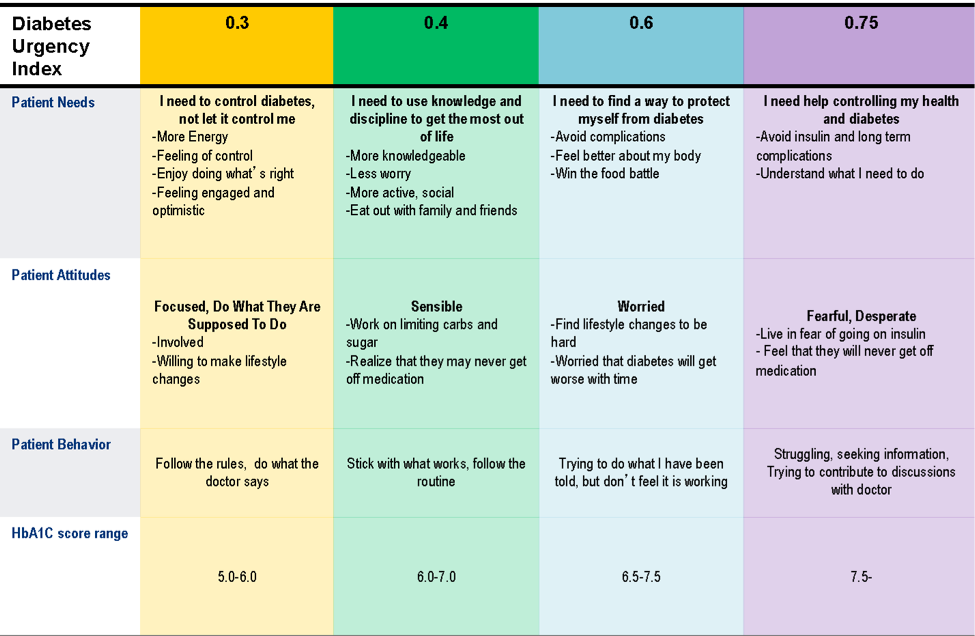What Does an Engaged Patient Look Like Analytically and Qualitatively?
Many colleagues in the pharmaceutical industry are discussing the importance of patient engagement and centricity in clinical trials and are implementing patient centric initiatives. To demonstrate, some sponsors are involving patients during the trial design phase in order to obtain feedback on protocol design, and understand what factors patients consider valuable in improving medical outcomes (which is, correspondingly, used for payer submissions). However, there seems to be a lack of analytics and measurement metrics for patient engagement, and inefficiencies in collecting feedback from patients during this process.
This article will evaluate how technologies can efficiently aggregate patient data and analytically categorize patients based on behavioral, medical, and reported data, and will evaluate how such data can impact clinical trials.
‘Crowdsourcing’ Patient Platforms: Combining Medical and Behavioral Data
Some clinical trial technology enterprises are taking a different approach towards offering value to the biopharmaceutical industry. For example, enterprises, such as Optimal Strategix Group (OSG) and PatientsLikeMe have leveraged their technology platforms in order to crowdsource a patient base that provides valuable data that can be used in clinical trials and patient research.
To elaborate, OSG has taken an innovative approach towards crowdsourcing patients by developing a mobile application, CAVII™, which is available for free to patients via the Apple App Store. CAVII not only collects patient reported outcomes data via quality of life questionnaires, but also integrates into patients’ mHealth devices, EMRs (for medical data collection), and Facebook profiles (powered by IBM WATSON for Facebook data analysis); the app simply asks patients to input their login information to allow access (via Application Programming Interfaces (APIs)). CAVII is capable of analyzing patients’ unique preferences, aggregating the patient’s data, and proactively matching patients to studies listed on www.clinicaltrials.gov.
Figure 1: Data Aggregation and Trial Matching

The Result: Analytical and Qualitative Models Predicting Engaged Patients
When patient behavioral, medical, and reported outcomes data are collected and aggregated, the data can be quantified and categorized into patient engagement profiles. Figure 2 delineates a variety of behavioral and medical attributes, and engagement scores that categorize less and more engaged patients.
Figure 2: Engaged Patients: Behavioral and Clinical Urgency (N = 150 Patients)

To augment, in this case, an engaged diabetic patient with an Urgency Score of 0.3 has their HbA1c under control through medications, has positive moods, has committed to changing their lifestyle and follows physician advice (all of which are factors that patients undergo during clinical trial participation). Alternatively, a patient with an Urgency Score of 0.6 tends to avoid lifestyle changes, exhibits feelings of uncertainty and worry, and does not seem to stick with prescription regiments.
How Can we Use This Data in Clinical Trials?
What is particularly fascinating about this data is that study teams can now study patient behavioral changes in disease progression, and efficiently use the data in several clinical trial applications.
Patient-Centered Study Design
By analytically and behaviorally understanding patient categories, study teams can enhance conversations with patient interviews during the study design phase. Additionally, study teams can better delineate medical product value determination during the study design phase, which can lead to aligning patient perceptions of medical outcomes value with more appropriate quality of life questionnaires, and correspondingly, generate stronger cases during payer applications.
Enrollment via Trial Matching
By aggregating data from a variety of sources including mHealth devices, EMR, patient reported outcomes databases, and behavioral analytics, sponsors can match patients to their studies with a higher chance of prescreening qualification, engagement and enrollment.
Identifying and Intervening with Patients at Risk
By understanding patient categories, study teams can use this data to develop engagement key risk and performance indicators, and generate category-specific risk mitigation plans for patients at risk. For example, a patient who fits into a category that may pose safety risks due to non-adherence may be issued extra materials and offered access to supportive programs to avoid non-adherence related adverse events.
The advent of mHealth technology and big data aggregation enables study teams to better understand their patient populations, which allows study teams to improve the quality of clinical trial conduct, and offer patients a better trial experience. Subsequent benefits include improved enrollment rates, reduced dropout rates, and ameliorating data quality. From a patient’s perspective, such technologies can enhance the patient experience by facilitating access to right studies, globally.